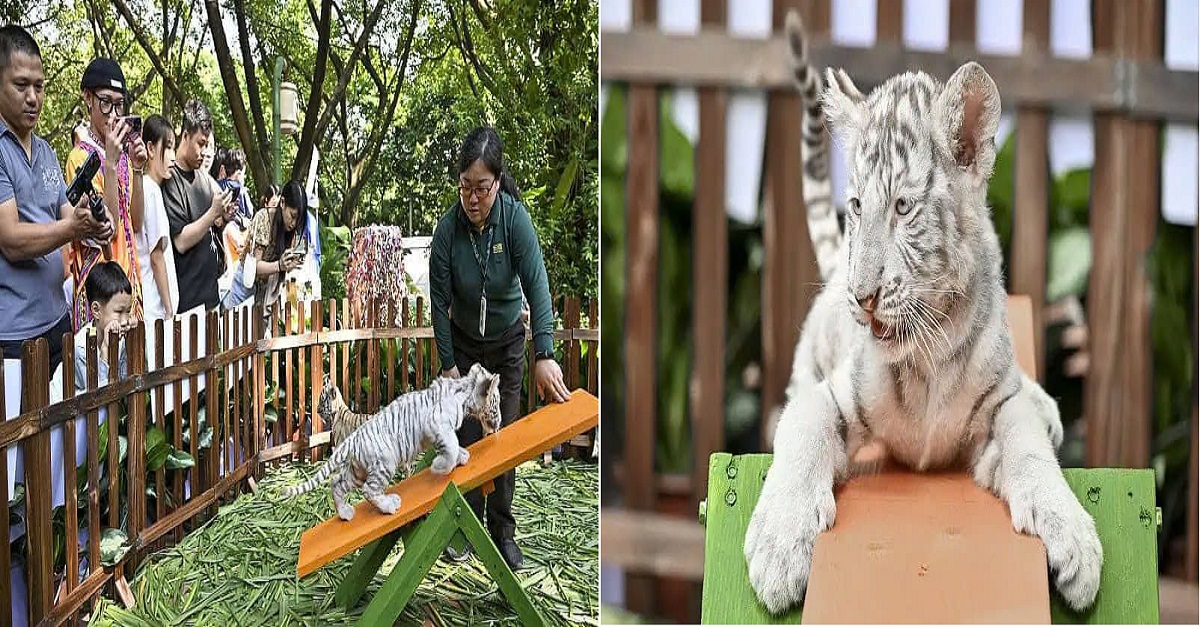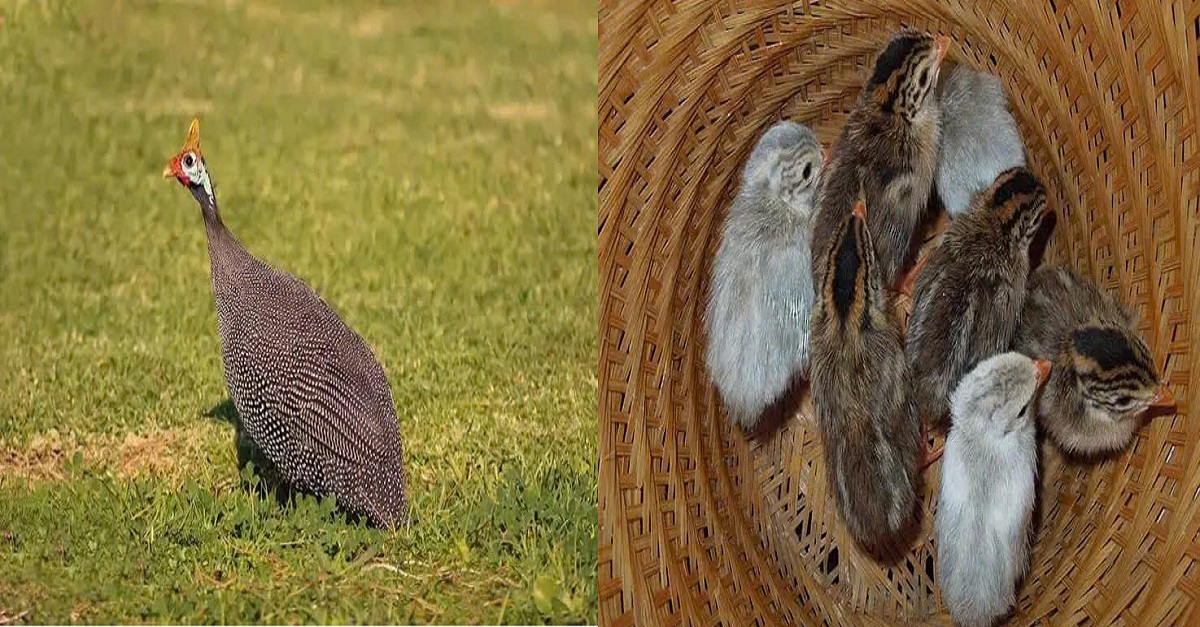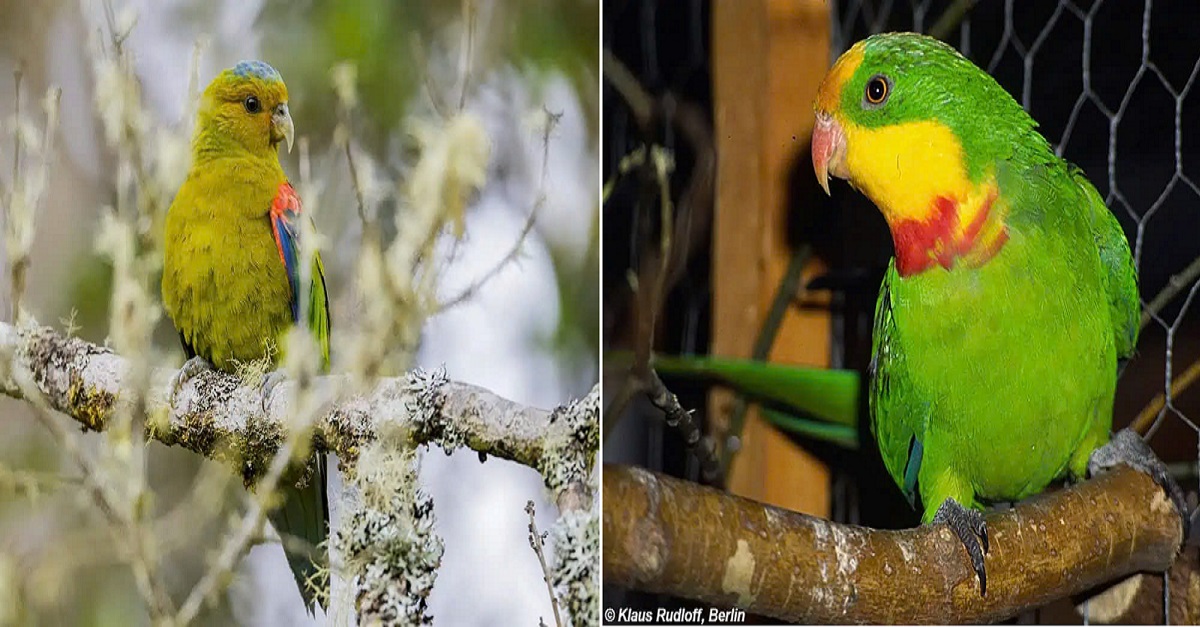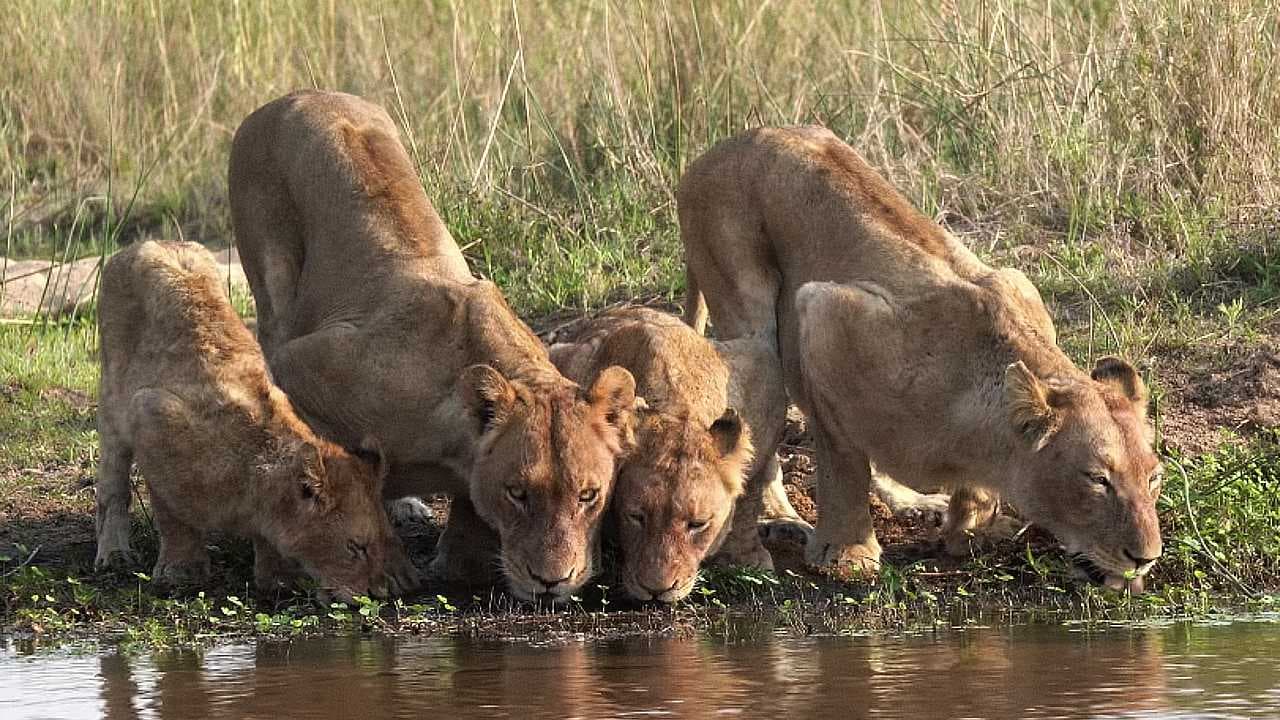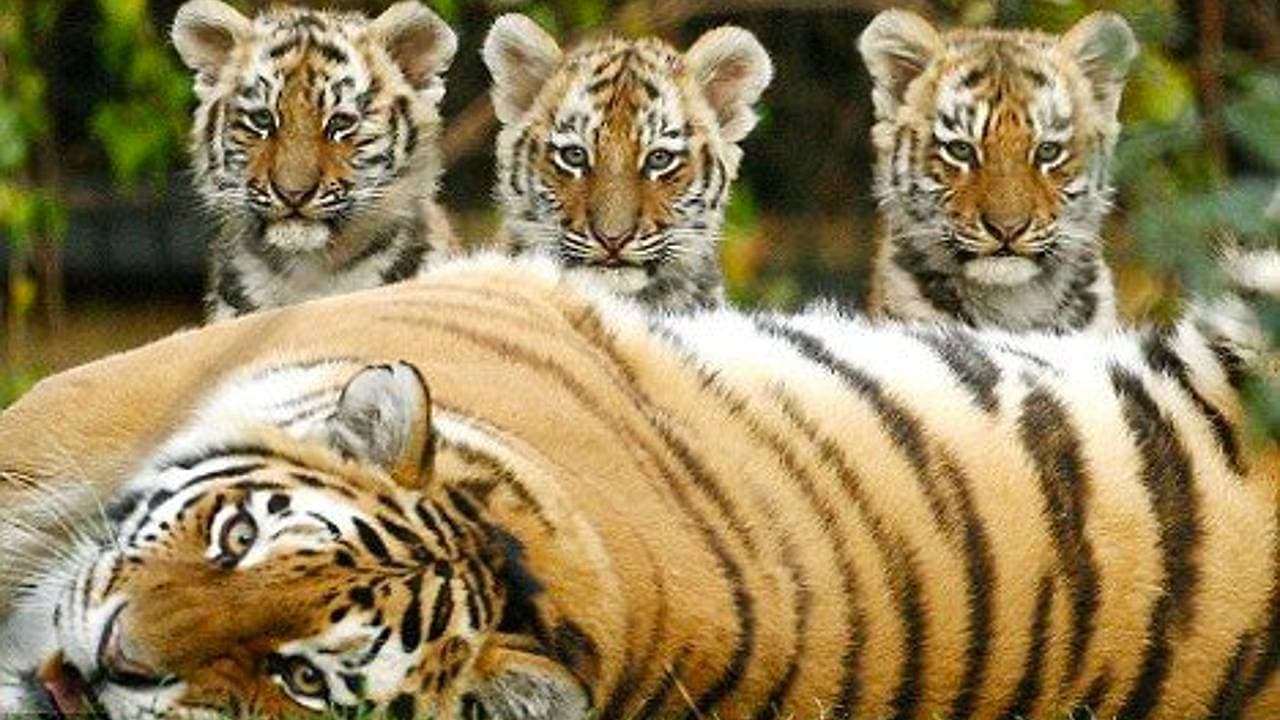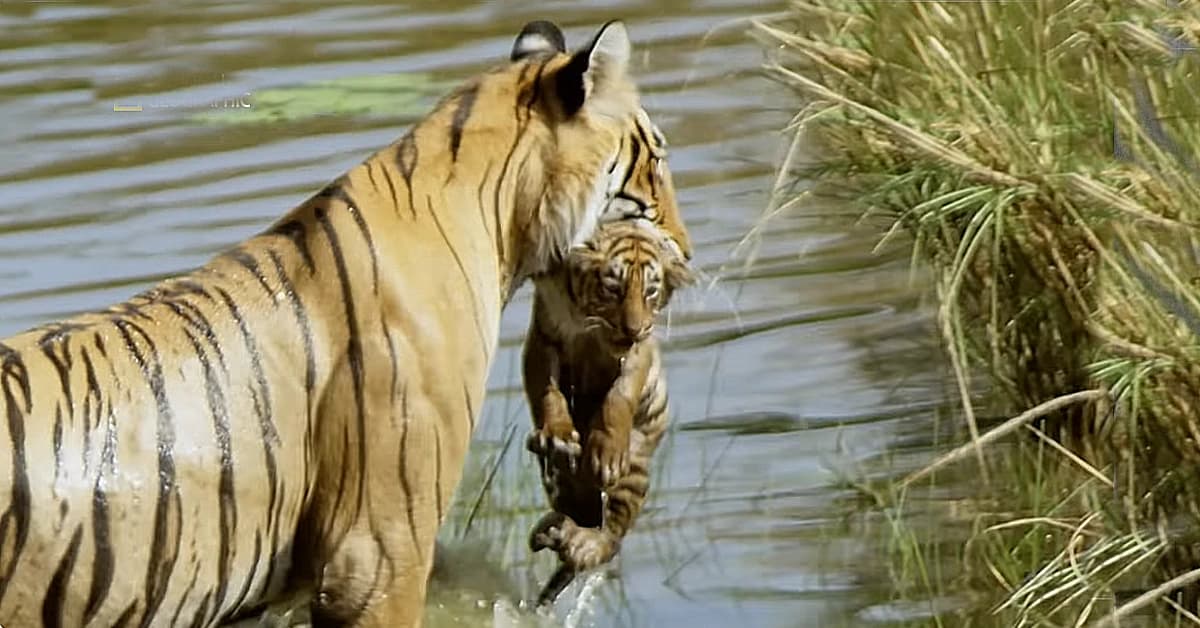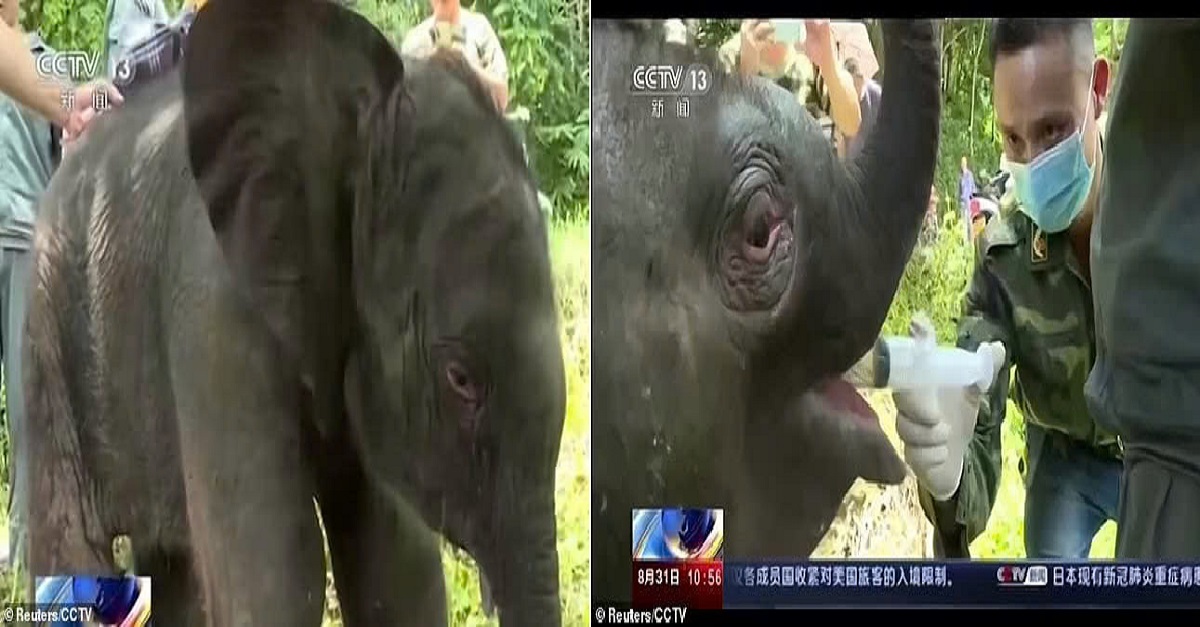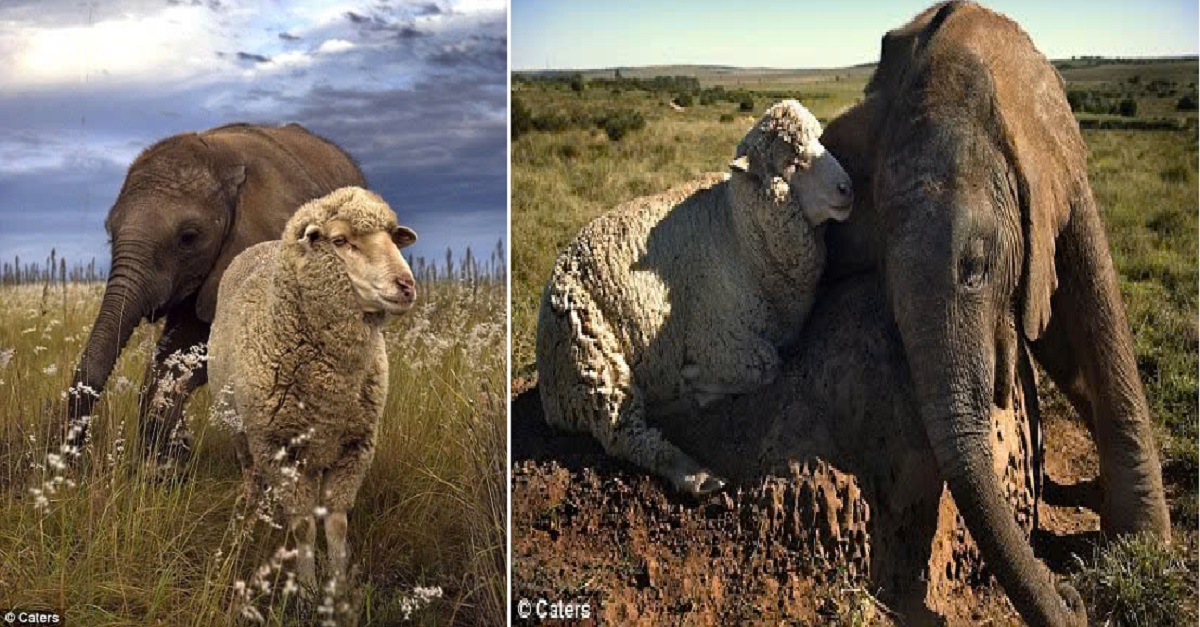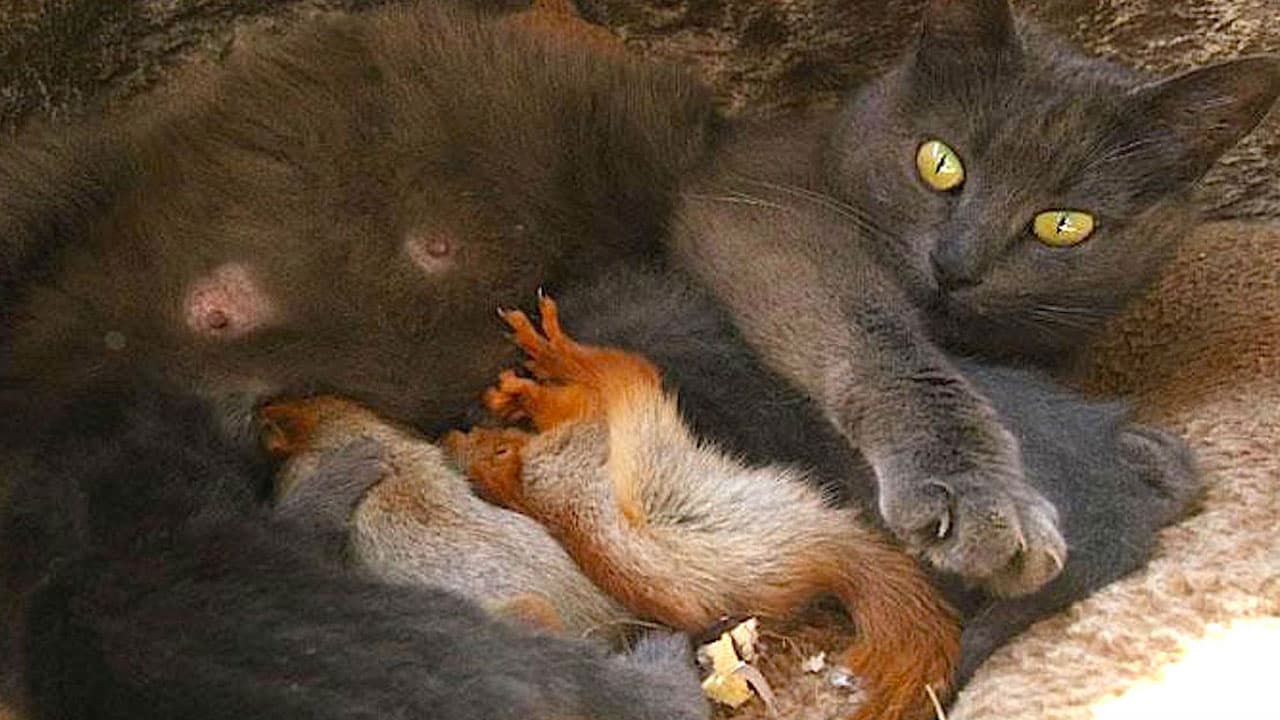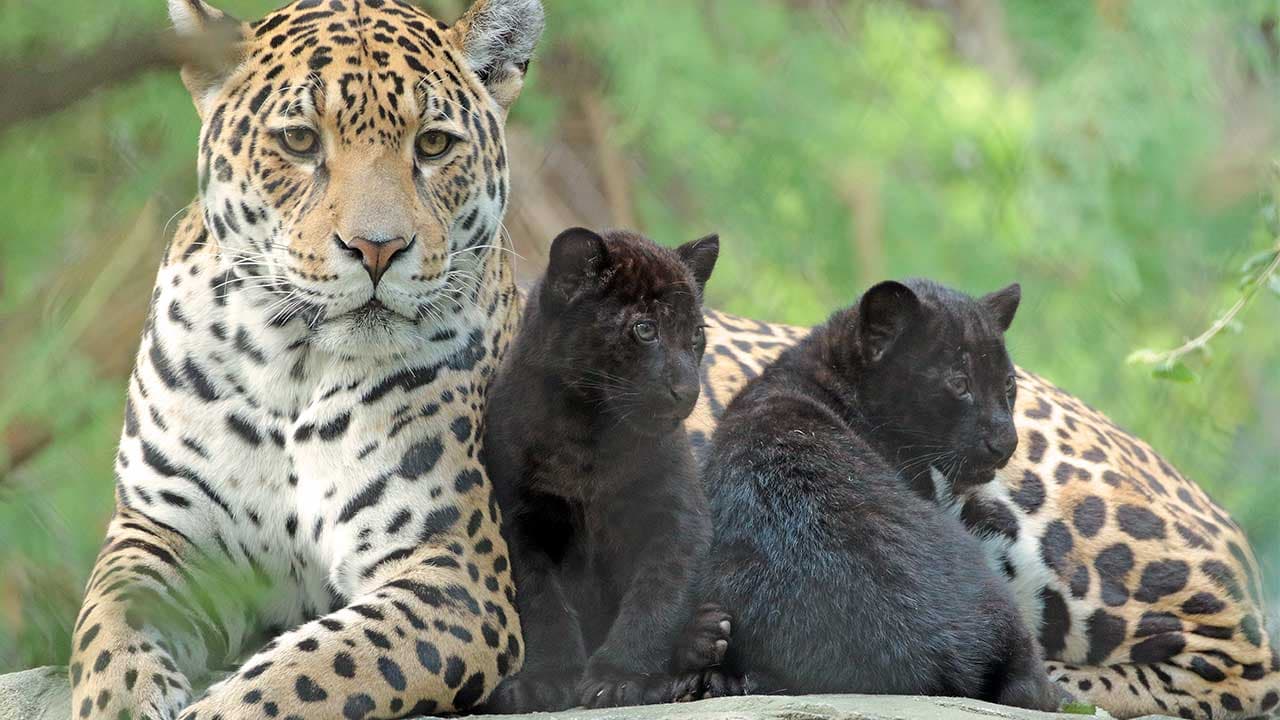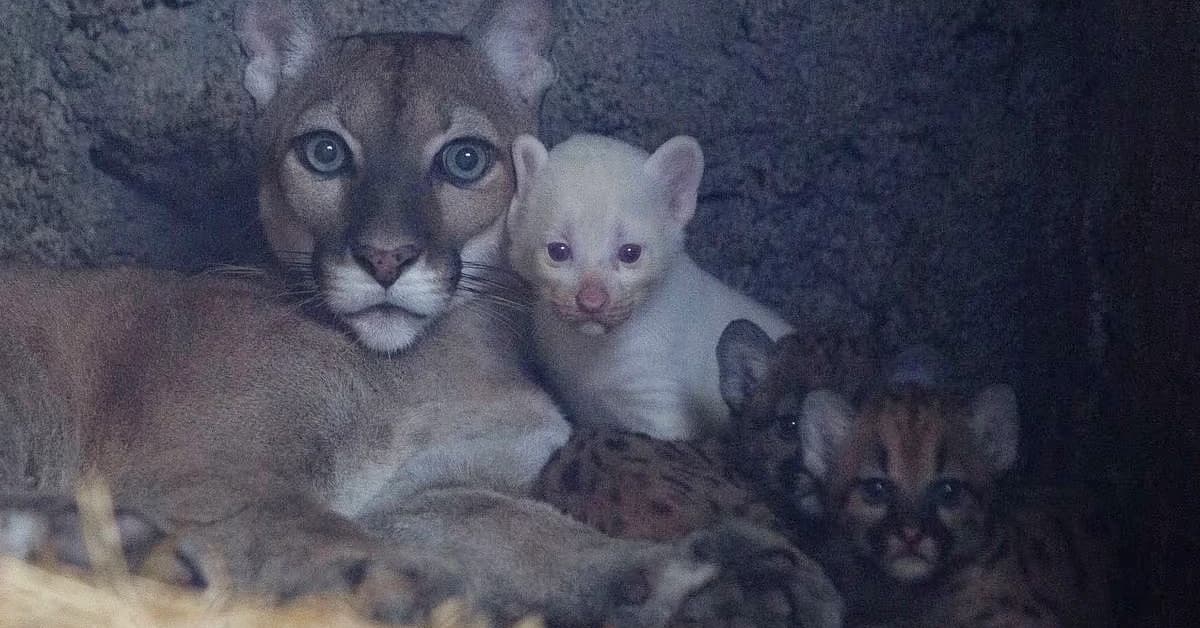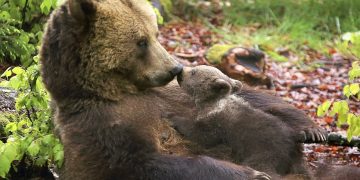The warm scene of snow monkeys soaking in the hot spring waters in Japan’s Jigokudani Valley is truly spectacular. Japanese macaques (Macaca fuscata), commonly known as snow monkeys, live in the northernmost regions of the primate world. They can be found throughout Japan, but a wild group has become famous for being the only monkeys in the world that spend hours soaking in hot springs.

Jigokudani, which means “Hell Valley,” is part of the Joshinetsu Kogen National Park and is home to the famous Jigokudani Monkey Park. Surrounded by steep cliffs and icy forests, Jigokudani sits at an elevation of 2,500 feet (850 meters). The area is renowned for its boiling hot springs that rise to the surface through the frozen ground, covered in snow for more than four months each year. As its name suggests, Hell Valley is not the most hospitable environment, to say the least.
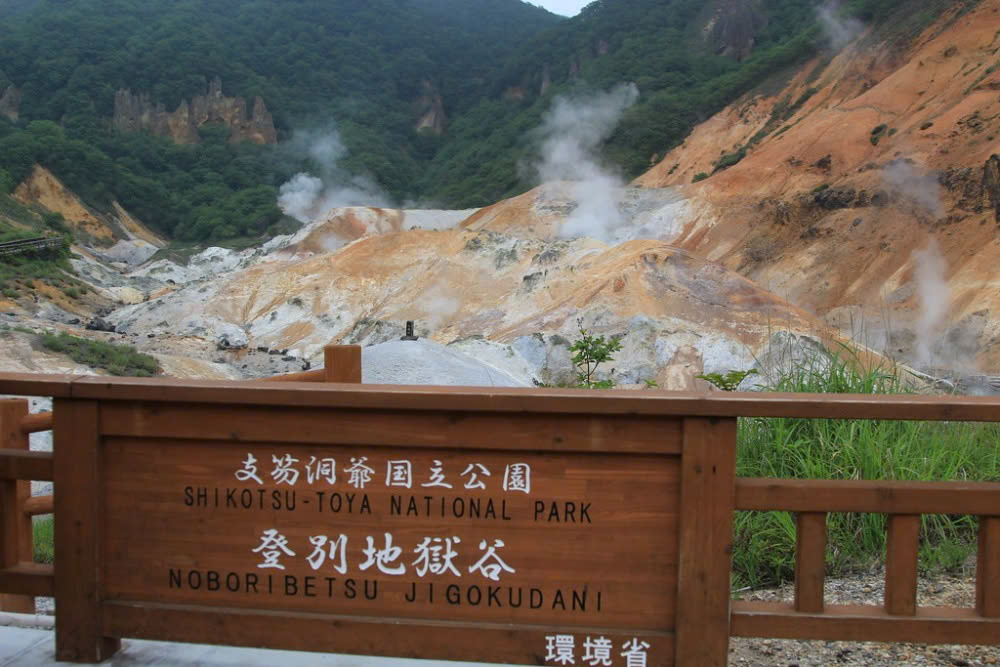
The snow monkeys were first discovered in 1957 by Sogo Hara, an employee of the Nagano Electric Railway, who happened to be walking through Jigokudani. However, at that time, the monkeys were facing numerous threats. The development of a ski resort in the area forced the monkeys to move to the lower regions of the valley.
The monkeys became frequent visitors to the village and began damaging crops in the farms. Eventually, this led the villagers to consider the monkeys as pests and start hunting them. With the help of a local inn named Korakukan, Sogo Hara tried luring the monkeys back to the mountains by placing apples outside the inn. Fortunately, this trick worked, and the monkeys moved to the Korakukan area.
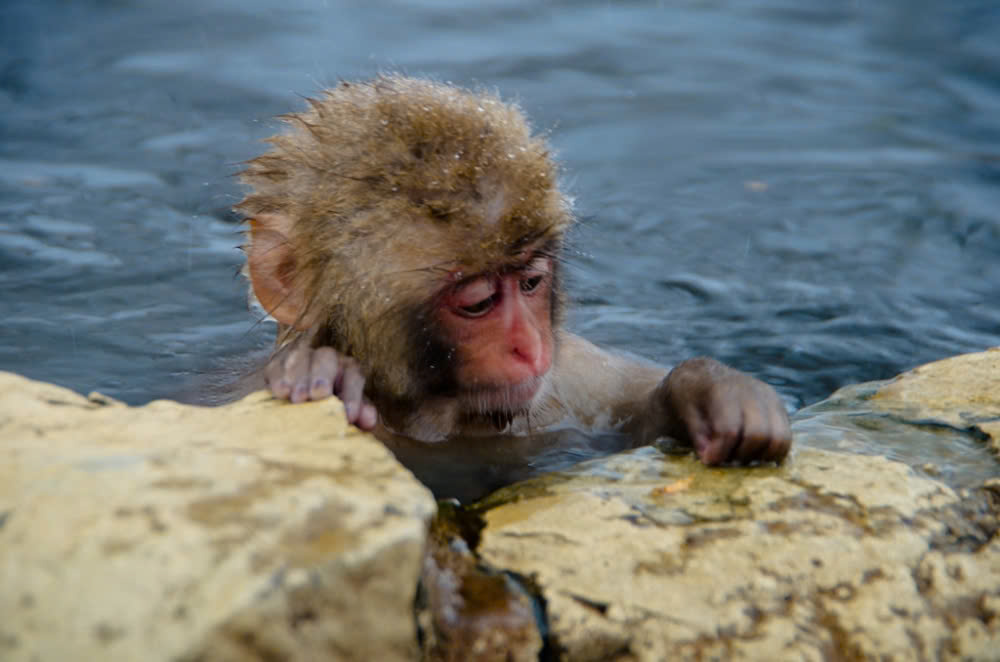
Since the inn was built around natural hot springs, it had both indoor and outdoor baths. The monkeys observed humans soaking in the hot springs and, soon enough, they began joining the visitors in the outdoor baths. While watching the monkeys bathe became a popular attraction for tourists, it raised concerns about water hygiene. So, rather than driving the monkeys away, Sogo Hara and the Korakukan inn decided to create a safe haven for the monkeys, leading to the establishment of the Jigokudani Monkey Park. Using the local hot spring, they built monkey-only baths, allowing the monkeys to enjoy the rejuvenating waters all to themselves.
Although the monkeys in the park are wild and free to come and go as they please, they are fed three times a day by the park rangers. Their diet includes raw barley and soybeans, with apples as snacks. This amount of food encourages the monkeys not to wander too far, but the Monkey Park staff is also careful not to overfeed them.
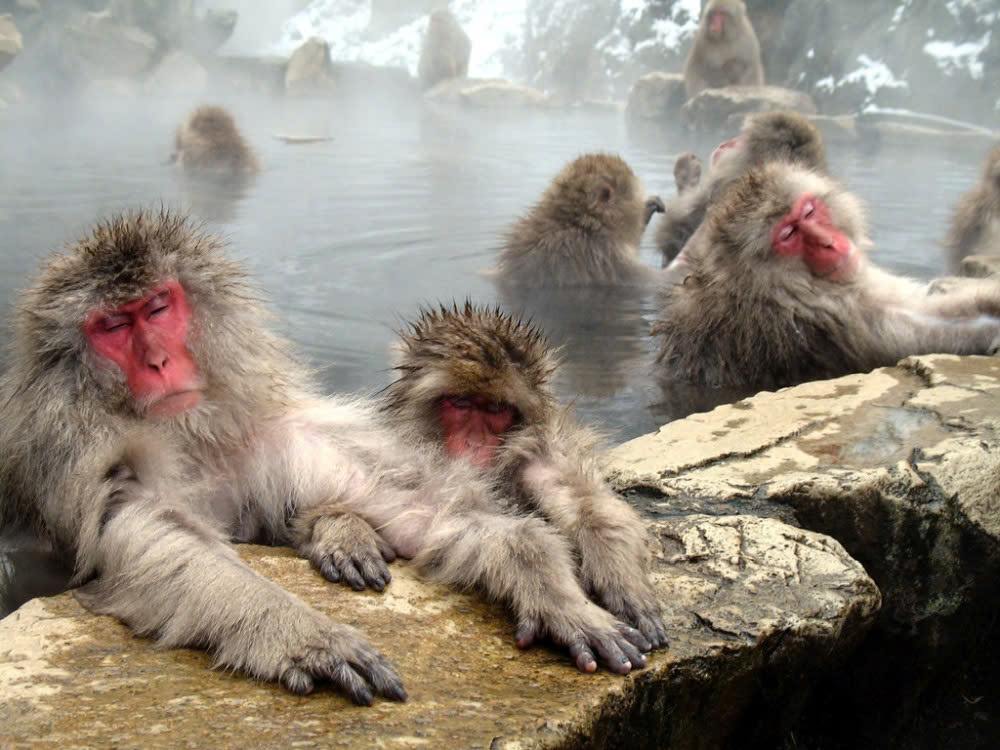
But the question remains: why do these monkeys enjoy hot baths just like we do?
Well, in the mountainous regions of Japan, winters can be extremely harsh, and scientists have long believed that the main reason behind this behavior is that the monkeys are simply cold.
A study published in the journal Primates in 2018 confirmed this theory. Researchers from Kyoto University observed 12 female snow monkeys in the park over two different seasons—once from April to June, and again from October to December. The research team examined how much time the monkeys spent in the water depending on the season. They also collected glucocorticoid samples from the monkeys’ feces, a metabolite that indicates stress levels in the monkeys. This substance is typically produced when they attempt to maintain body temperature balance.

